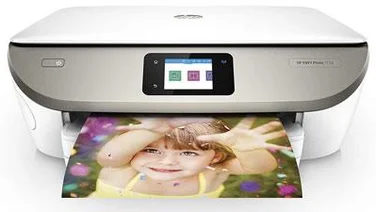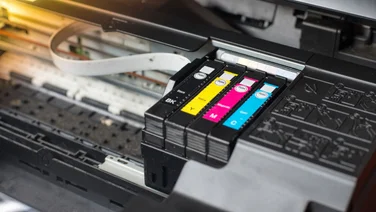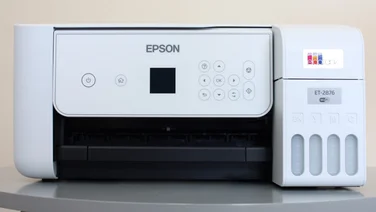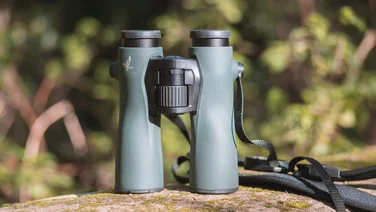To help us provide you with free impartial advice, we may earn a commission if you buy through links on our site. Learn more




Sigma’s SD15 is only the company’s fourth digital SLR since 2002 when it introduced the SD9 and was first announced almost two years ago at Photokina 2008. It was since delayed and has only recently made it onto retailers’ shelves.
At just under £800 body only, the SD15 is aimed at keen amateurs who are looking to get a bit more serious about their photography. Its highlight is the unique Foveon X3 sensor, which is the same as the one in the Sigma DP2s we reviewed recently.
It’s an 20.7×13.8mm APS-C sized sensor similar to the size of the sensors in mid-range and entry-level DSLRs, but unlike conventional CCD or CMOS sensors used in almost every digital camera that isn’t made by Sigma, the Foveon X3 captures full RGB colour in every photocell on the sensor. Conventional sensors can capture only one primary colour per photocell and employ a Bayer Mask Filter to estimate RGB values for each photocell. The X3 achieves this by using three receptors stacked on top of each other at different depths that correspond to the frequency of the light – one each for Red, Green and Blue.

This unfortunately does come at a cost as the SD15’s images have a measly resolution of 2,640×1,760 pixels. It equates to roughly 4.7 megapixels, which is much lower than a typical DSLR’s resolution, but the Foveon X3 records three times as much data which means it’s producing the same amount of depth and detail as a 14.1 megapixel sensor.
The SD15 feels strong and fits comfortably into your hand thanks to the large textured hand grip, but some of the controls are slightly unconventional if you’re used to a Canon or Nikon system. There is a pair of dials on the top which control the drive mode (left) and shooting mode (right) – the left hand dial also doubles as the power switch.
The shooting mode dial is quite empty with only PASM controls (program, aperture priority, shutter priority and manual) – there are no fancy intelligent auto or scene modes that are normally found on DSLRs of a similar price. More unusual is the command dial’s location: it surrounds the shutter button which at first felt a little strange, but it was easy to get used to and quickly change settings.
A small LCD screen (with a switchable backlight) displays information about exposure settings, including shutter speed, aperture, ISO, metering modes, exposure compensation and a number of additional functions. The optical viewfinder is a good size, offering 98 per cent frame coverage at a 0.9x magnification, making shot composition and focusing relatively simple, but there’s no Live View capabilities for fine tuning focus.
Instead, the rear 3in, 460,000-dot resolution display is only used for reviewing or trawling menus, meaning the now almost standard video recording capability is also absent. Despite these omissions, the essential functions are all present and the Quick Set (QS) button improves ease of operation as it allows you to change important camera settings with the press of a button. There’s also a ‘func’ button which makes more of the SD15’s functions readily available and also displays information about the camera’s current settings – it brings this up on the rear display as a virtual view through the optical viewfinder, complete with focus points.
Sigma claims that the Foveon X3 sensor helps to improve colour depth, but we felt that RAW files processed with Lightroom 3.2 were very washed out, lacking saturation. They needed a lot of tweaking to improve colour depth, which wasn’t what we were expecting.
With that said, the SD15’s metering system works well and produces good exposures most of the time. There were only a few occasions where the partial metering system didn’t recommend an accurate exposure and forced us to dial in exposure compensation. We felt confident that the SD15 would get the exposure right, which is important when you’re walking around with a camera.

Sensitivity ranges from ISO 100 to ISO 1600, which is expanded to ISO 50 and ISO 3200 if you’re shooting in RAW, but anything above ISO 800 really starts to lose the battle against noise. Colour shifting, banding and chroma noise start to appear at ISO 800 and are in full force at ISO 1600.
The result is gritty, almost dirty-looking images which are difficult to rescue with the excellent noise reduction algorithms built into Lightroom 3. The JPEGs aren’t much better either and are a little soft out-of-camera – they certainly benefit from some sharpening in Photoshop.
At almost £800 for just the body, Sigma’s SD15 is a tough sell because, while there’s an excellent range of over 40 lenses, its feature set is quite limited in comparison to its competitors. Some will undoubtedly love the fact that the SD15 doesn’t suffer from feature bloat and is clearly a camera aimed at shutter bugs, but others will hate its quirkiness.
In some instances, the SD15’s Foveon X3 sensor does make a telling difference to image quality, but in others it’s difficult to tell it apart from a similarly priced Canon or Nikon camera. What’s more, when you increase the sensitivity beyond ISO 400, the SD15 really comes a cropper against similarly priced cameras. At this price, you’re better off buying Canon’s EOS 550D if you want to take great pictures in a wide range of lighting conditions.






